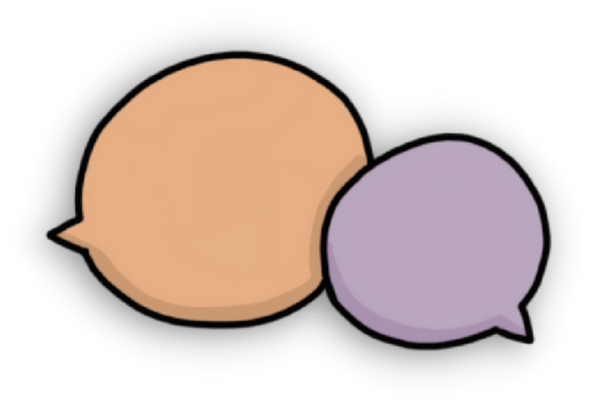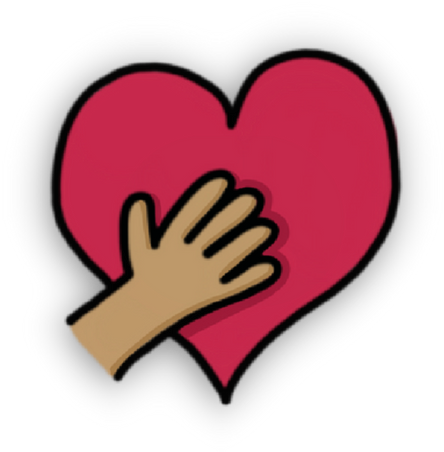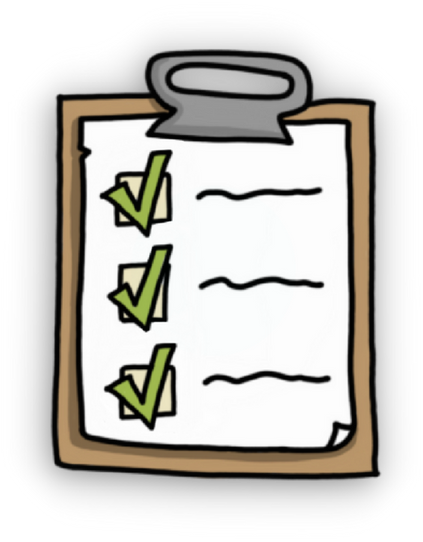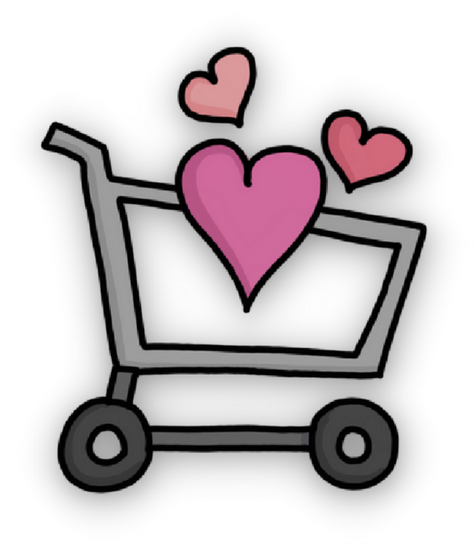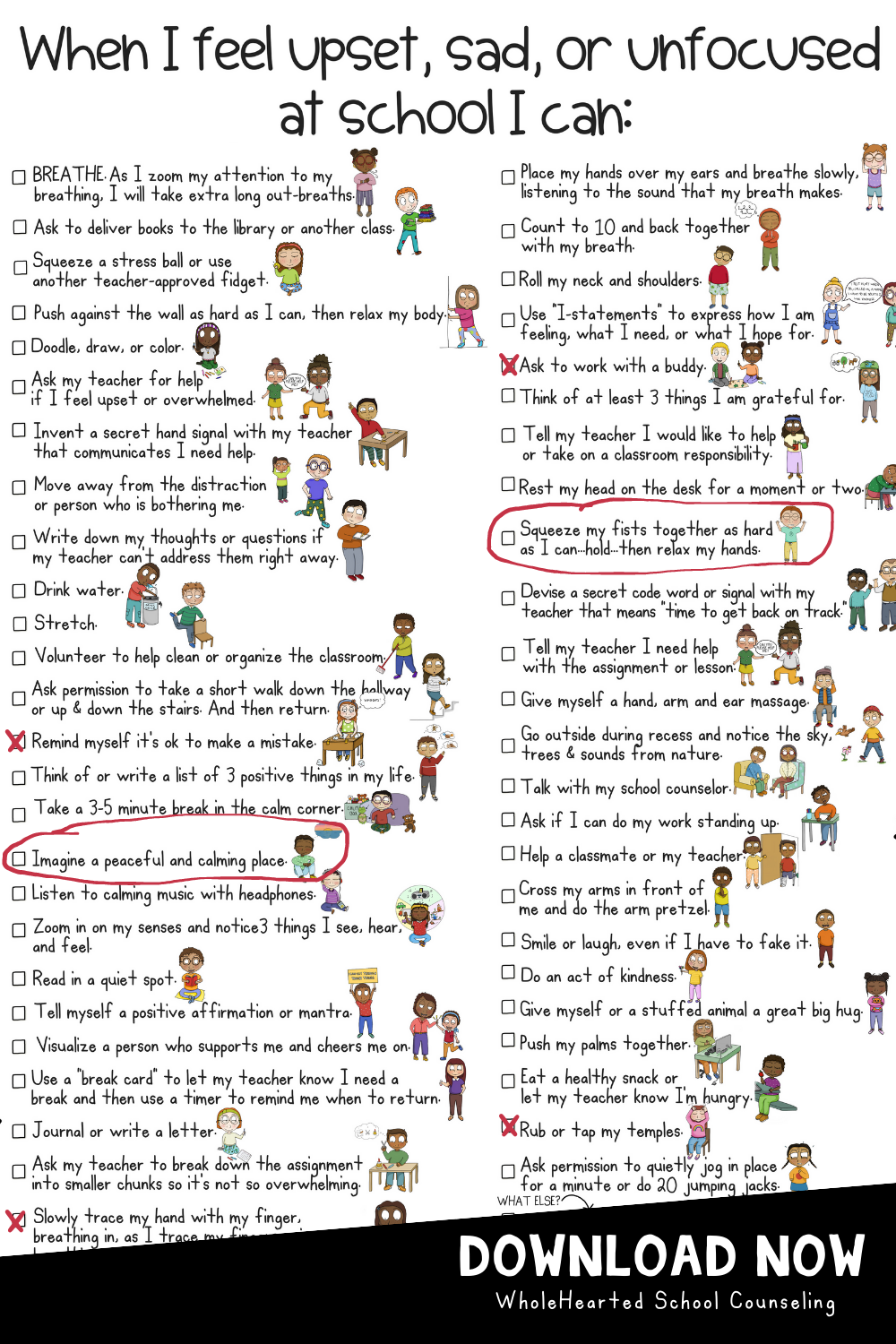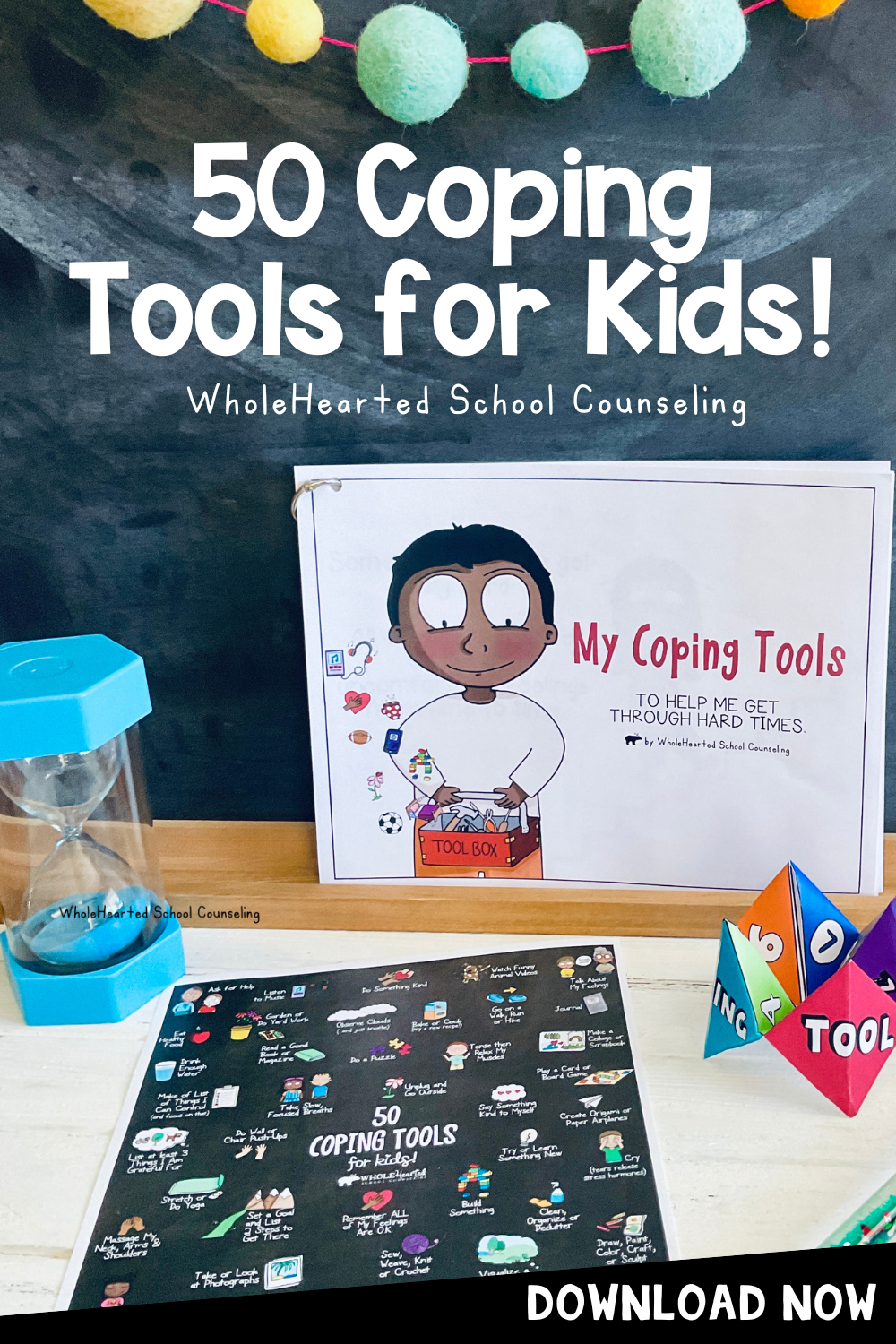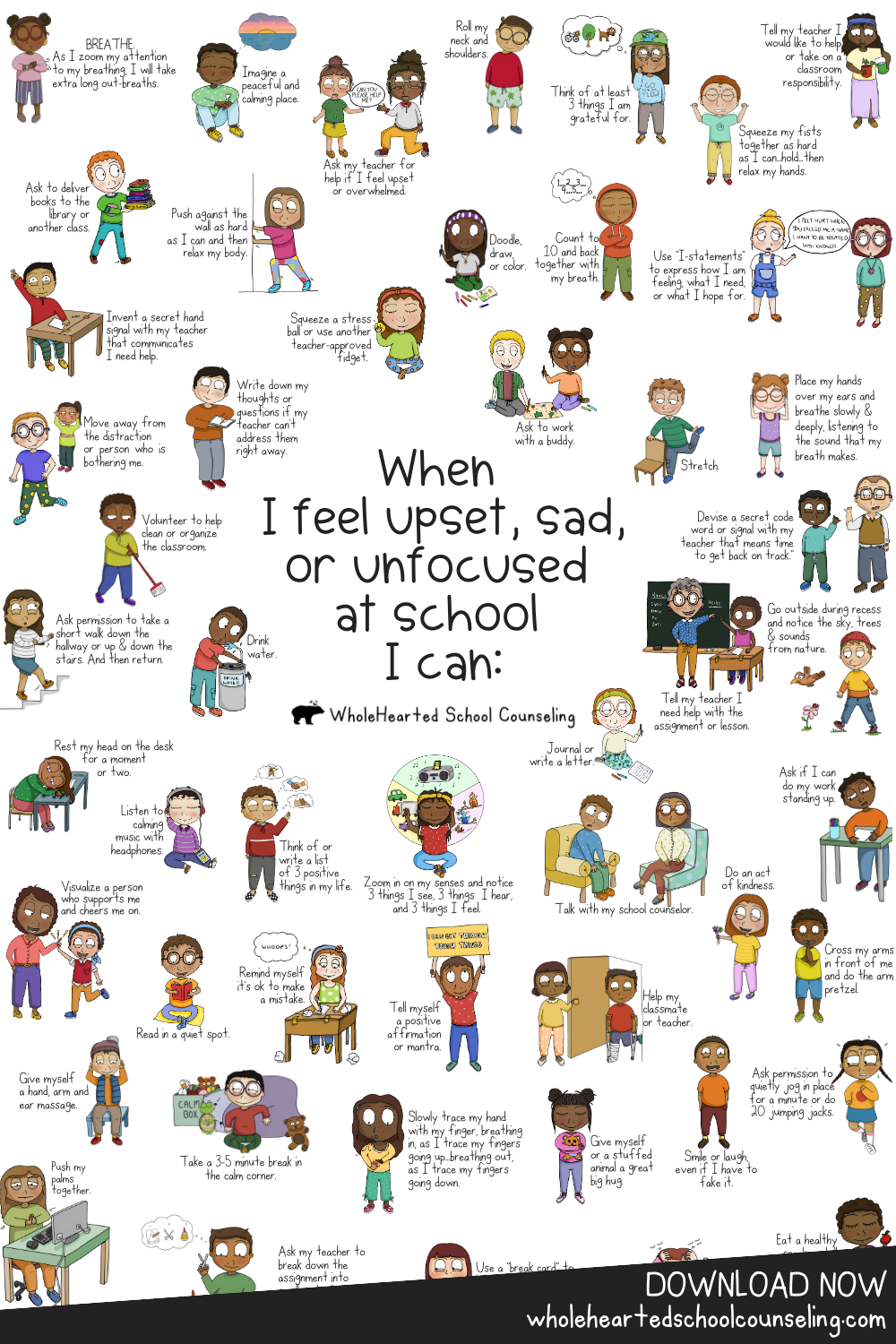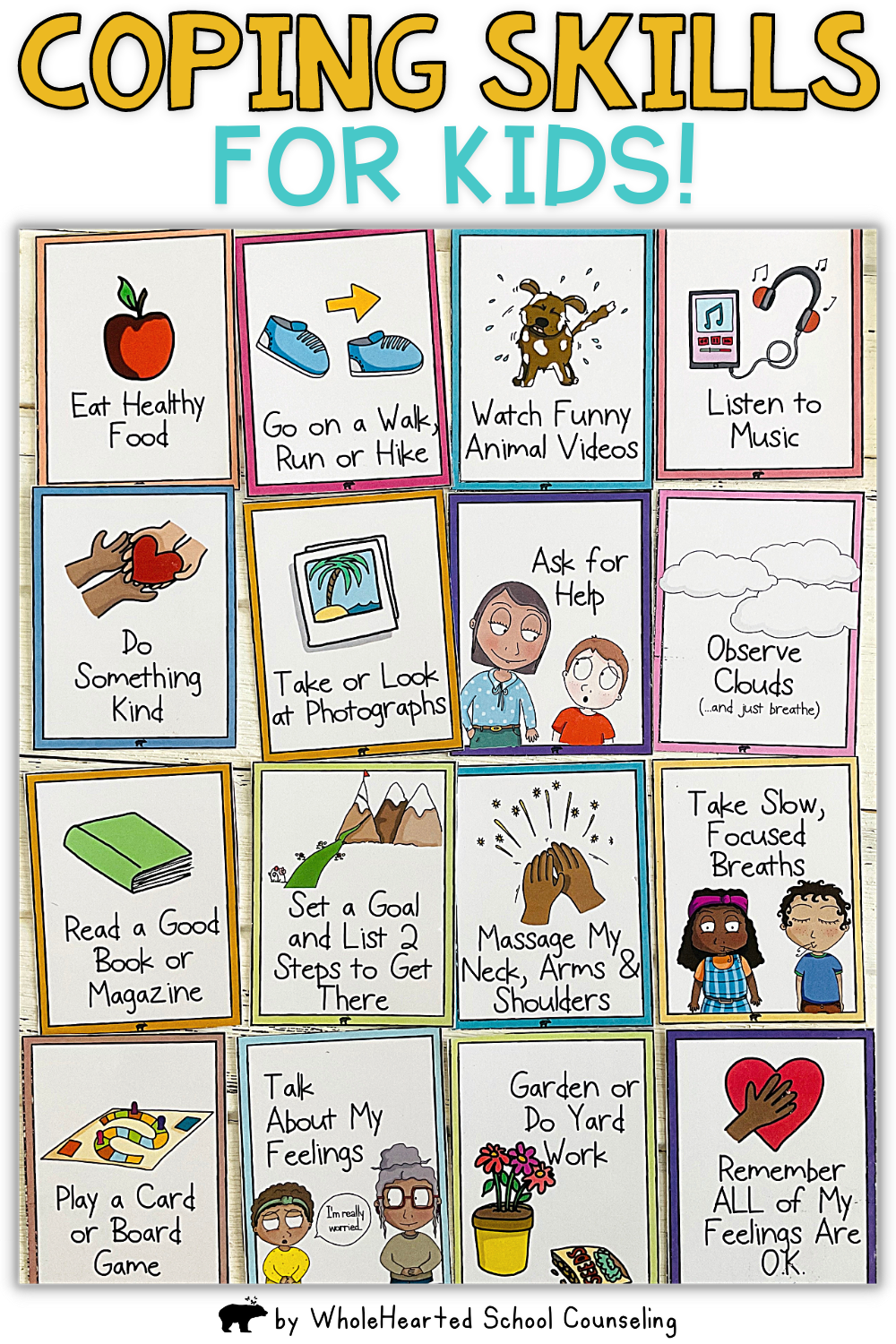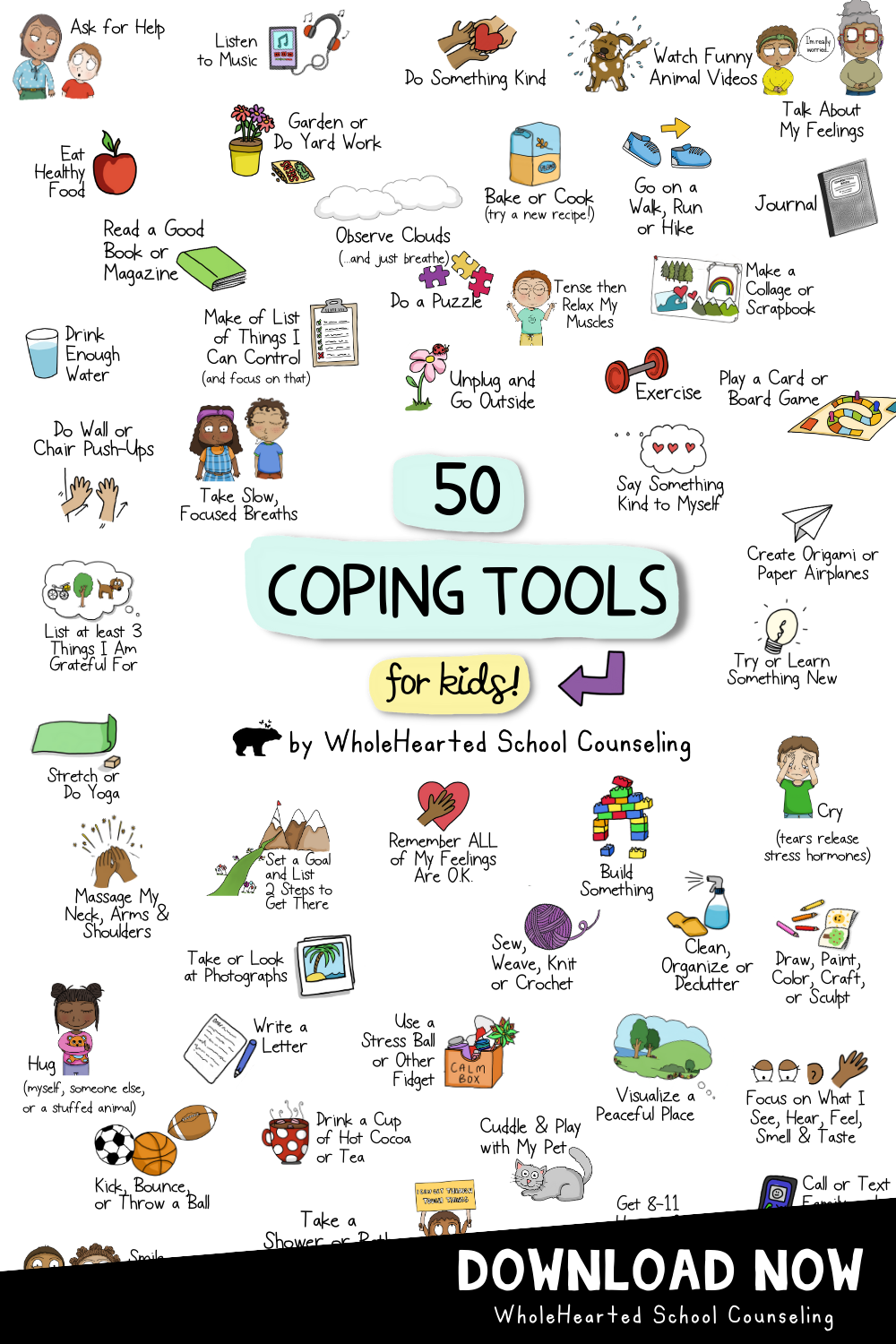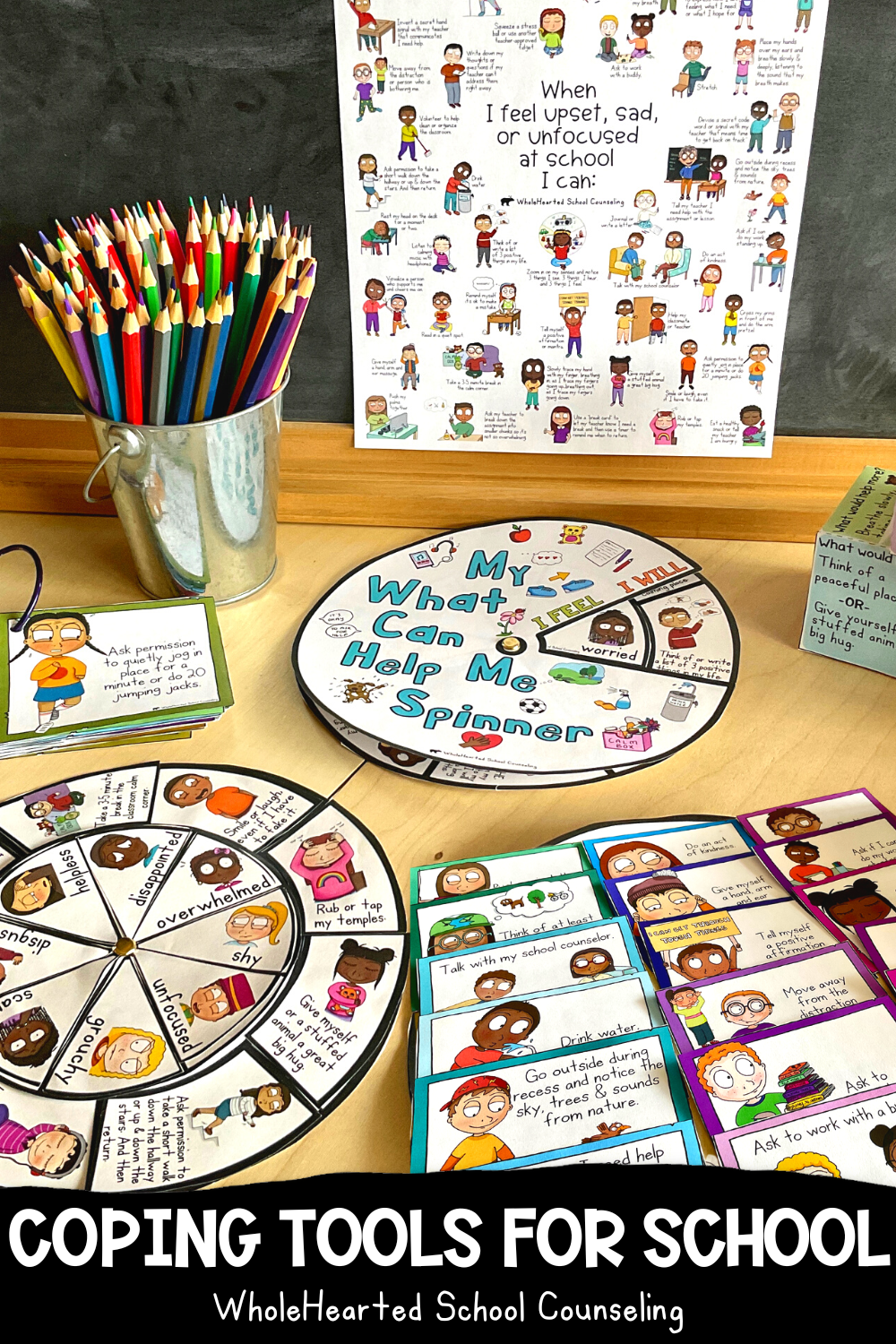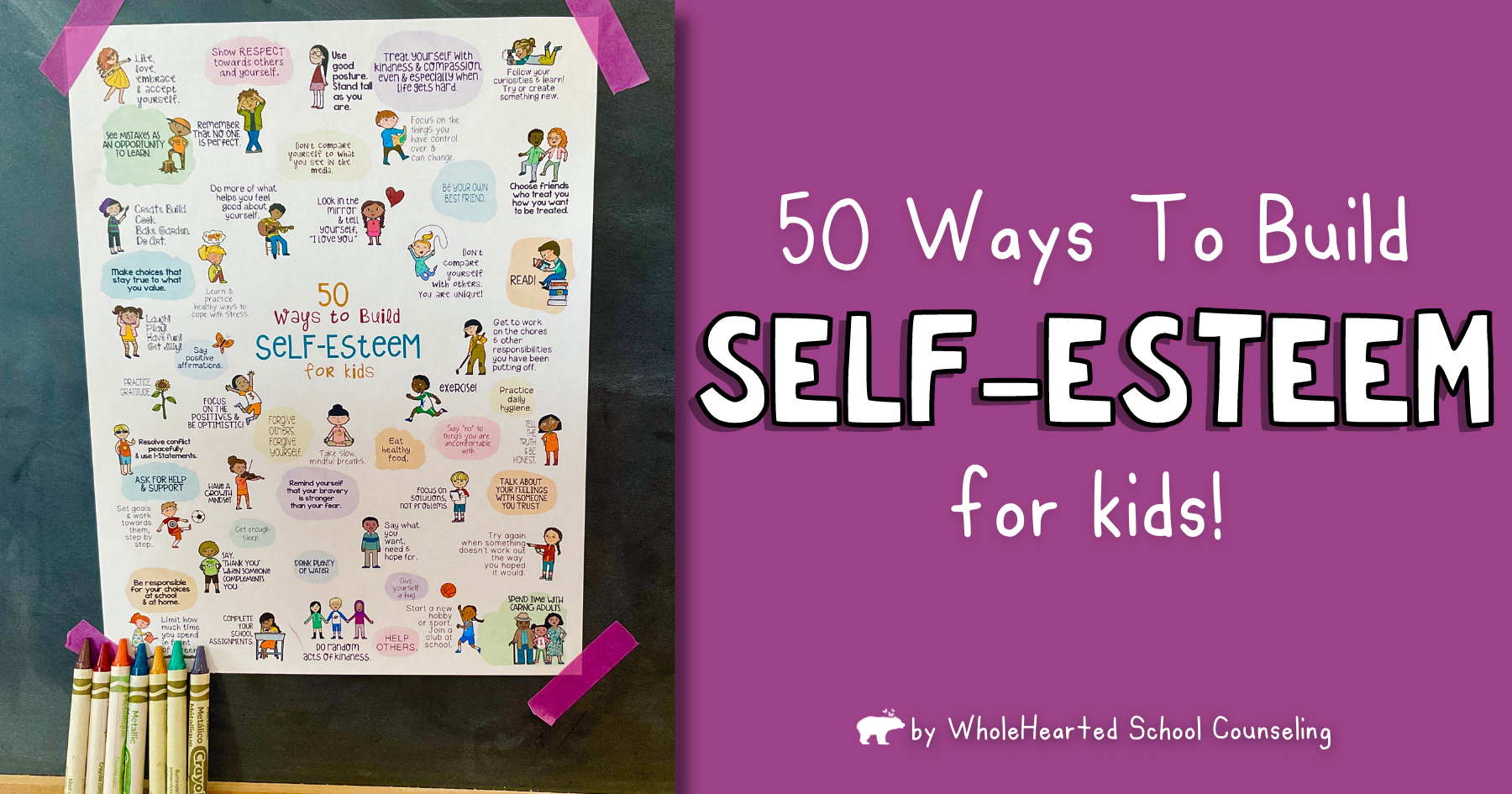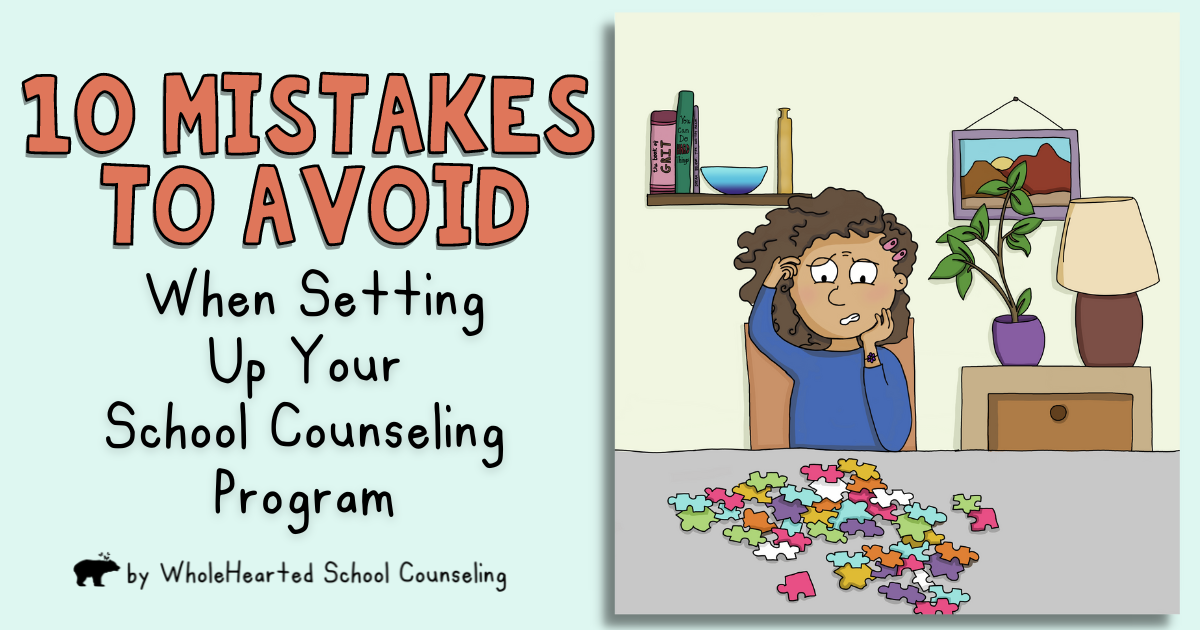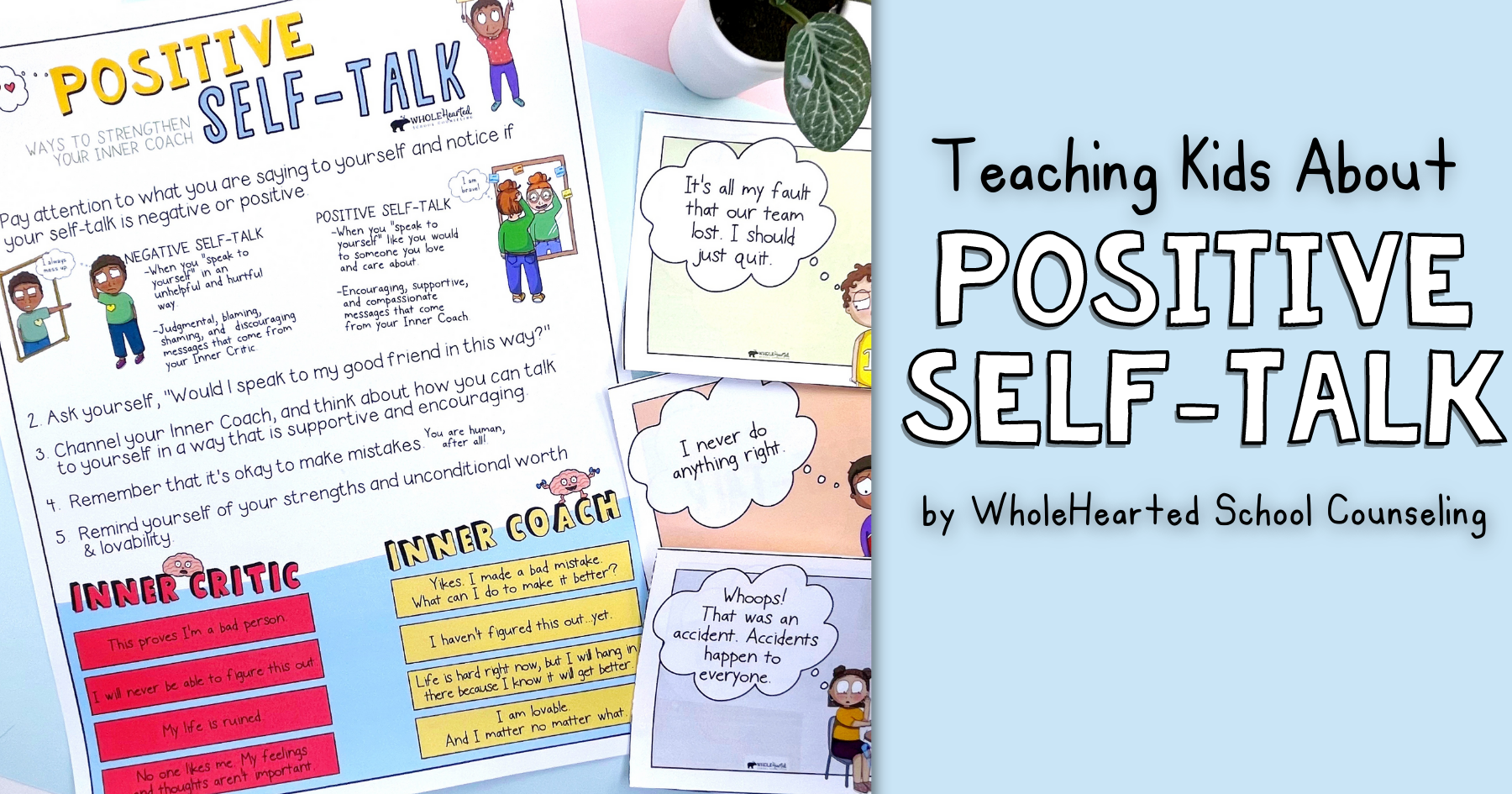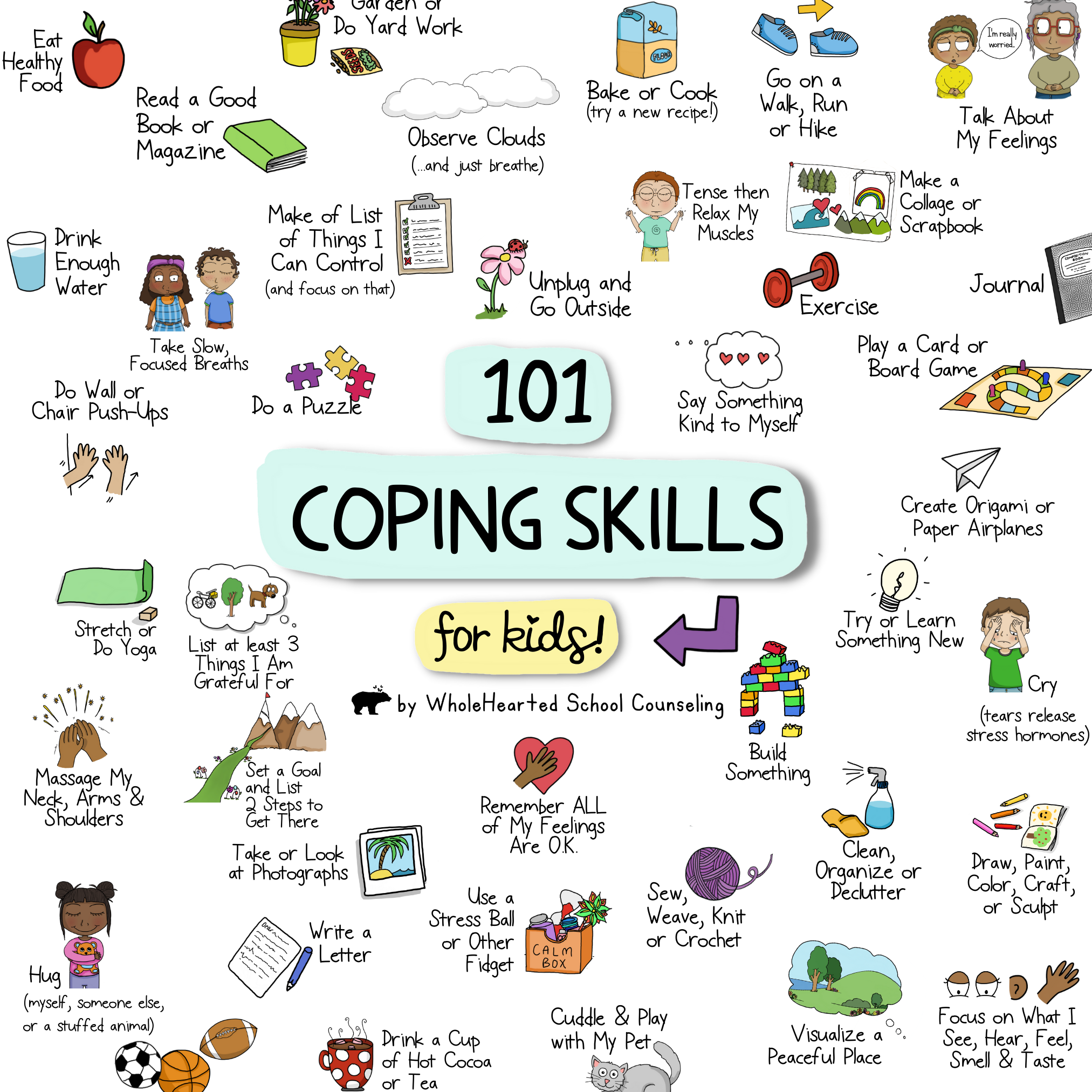
TEACHING KIDS COPING TOOLS
One of the best gifts we can give to children and teens is to help them learn and practice helpful coping skills for kids. It’s challenging enough as an adult to relate to stress, anger, discouragement, or other uncomfortable feelings in healthy ways, right? Even when we (read: I) know that having a big cry, going on a walk, or doing some living room yoga would be more helpful than eating that bag of chips or scrolling on social media…we ( read: I) often choose to do the latter. No matter your age, dealing with tough things is inevitable.
For some young people, the coping strategies that have been modeled for them, have not always been positive (like eating a full bag of chips or scrolling on social media…..haha). The more we can introduce children and teens to new ideas and alternative healthy coping strategies, the more productive and compassionate their actions and thoughts will become. Better communication, increased social awareness, empathetic behavior, and overall happiness are ALL benefits to utilizing healthy coping strategies.
Why Teach Children Coping Tools?
Life can get really tough. So it’s important to help young people -and ourselves, too- to cultivate tools and tricks that can support us to get through the hard stuff of living, to relate to uncomfortable feelings with self-compassion and to practice skills that can help us to feel calmer and more relaxed. This is where using healthy coping strategies come into play.
Healthy coping skills will not get necessarily get rid of the challenging, stressful situations (especially those we don’t have control over), but they can help us to make better, more empowering choices and move aside some of the confusion, chaos, blahs & crazies so that we can better see the silver lining, cup-is-half-full perspectives and possibilities.
Moreover, using healthy coping strategies can help us build our strengths and resiliences and are a means to take good, kind-care of ourselves.
Why Teach Self-Regulation Skills to Kids At School?
Teaching children self-regulation tools helps the thinking part of their brain, the pre-fontal cortex, to remain engaged and in charge. Many of our students need extra support in this area, often coming to school already in a state of fear, worry & chronic stress. Until we help students manage and relate -with kindness & compassion-to these challenging emotional experiences, they will have a hard time learning the academic tools that students need to be successful in and out of school.
101 COPING TOOLS
Read through the coping skills list below, share the list with your children (or students). Then have them pick a few calming strategies to try!
(And maybe, you’ll want to grab a notepad and favorite pen to jot down a few new ones you’re interested in trying yourself!)
Ride a bike or skateboard.
Ask for an adult or someone you trust for help.
Blow bubbles – real ones or pretend ones.
Create art: color, paint, or draw! Frame it and hang it.
Listen to your favorite tunes.
Play a board game.
Make and play with slime.
Practice gratitude.
Weave, knit or crochet.
Use kind and compassionate self-talk.
Journal about your day or write a letter.
Take slow, mindful breaths.
Make a scrapbook or collage.
Practice yoga.
Hug or climb a tree.
Kick, bounce, or throw a ball.
Forgive, let go, move on.
Cuddle or play with your pet.
Drink water.
Smile & laugh.
Eat healthy.
Use aromatherapy.
Cook or bake.
Get plenty of sleep. (8-10 hours per night!)
Take a shower or a bath.
Stretch your muscles.
Go on a run, walk, or hike.
Sing and/or dance.
Say positive affirmations.
Look at or take photographs of things that bring you joy.
Garden or do yard work.
Visualize a peaceful place.
Try or learn something new.
Read a book or magazine.
Explore and discover nature’s treasures.
Drink a warm cup of tea or hot cocoa.
Use a stress ball (or other fidget tool).
Get a hug.
Do a puzzle.
Cry (tears release stress hormones).
Clean, declutter, or organize.
Create origami or paper airplanes.
Exercise.
Play outside.
Jump on a trampoline.
Rest, take a break, or nap.
Do something kind.
Build something. With blocks, a marble run, or grab a hammer and some nails.
Talk to someone you trust.
Take good care of the earth (pick up trash or start a compost pile).
Watch your favorite sport on TV.
Invite friends to go to the park.
Have a snack.
Enjoy a couple minutes of quiet.
Watch funny animal videos.
Tense and then relax your muscles.
Make a list of: “Things I CAN’T control” AND “Things I CAN Control”. Then focus on the CANS.
Do wall or chair push-ups.
Grab some clay or play-dough and sculpt.
Give a hug (to Yourself, Someone Else, or a Stuffed Animal)
Call or text family or friends.
Remind yourself, “I Can Do Hard Things!”
Massage your neck, arms, and shoulders.
Set a goal and list 2 steps to get there.
Remember that ALL feelings are O.K.
Learn a new game.
Count to 100 and back down to zero. Try doing it while marching, skipping, or walking backwards.
Dribble a basketball.
Map a new route through your neighborhood and go for a walk
Play Categories. (Name an animal, food, etc that starts with each letter of the alphabet)
Sing about your feelings, just make it up as you go!
Lay your head back and close your eyes for a minute or two.
Start a vision board, or add to the one you already have.
Find a new recipe to bake or cook something new.
Water your plants.
Map out your next vacation (or a dream vacation!)
Go through your closet and get rid of clothes that no longer fit or bring you joy.
Make a flower arrangement.
Write poetry.
Read your favorite picture book.
Go to the movies.
Run sprints up and down the sidewalk.
Make your own version of a charcuterie board.
Learn to rollerblade or roller skate.
Read along with the lyrics while you listen to your favorite songs.
Make up knock knock jokes.
Ask to hold someone’s hand or hold your own hands together. Clench and release until your breathing is slow and steady.
Grab a broom stick and do the limbo.
Play catch or throw a frisbee.
Pack a picnic, grab a blanket and head to the park (or even your own backyard).
Paint your finger or toe nails.
Play in the dirt (or snow or sand).
Find an open square of concrete and do sidewalk chalk.
Browse the fruit aisle or vegetable aisle at the grocery store and try something you’ve never tasted before!
Try a new hairstyle.
Volunteer.
Grab all the blankets and sheets and build a massive fort!
Drink a bubbly water. Feel the fizz trickle down your throat.
Do a puzzle.
Solve a crossword, word search, or the maze on the back of your cereal box.
Exert extra energy by lifting weights, rearranging furniture, or giving your sibling a piggyback ride.
Although this list is not exhaustive, I do hope it gives you new ideas to offer your children (or students) as they work through feelings and emotions that may be overwhelming.
Some kids need visuals so be sure to check out my store for a variety of products from choice boards and stories to posters and playing cards. You might love my 50 Coping Tools for Kids lesson, activities, and printables! To check it out, click here!
Or if you’re a school counselor or teacher, check out my Self-Regulation Coping Tools for School! This resource contains 50 coping tools that can be used at school and in the classroom.


